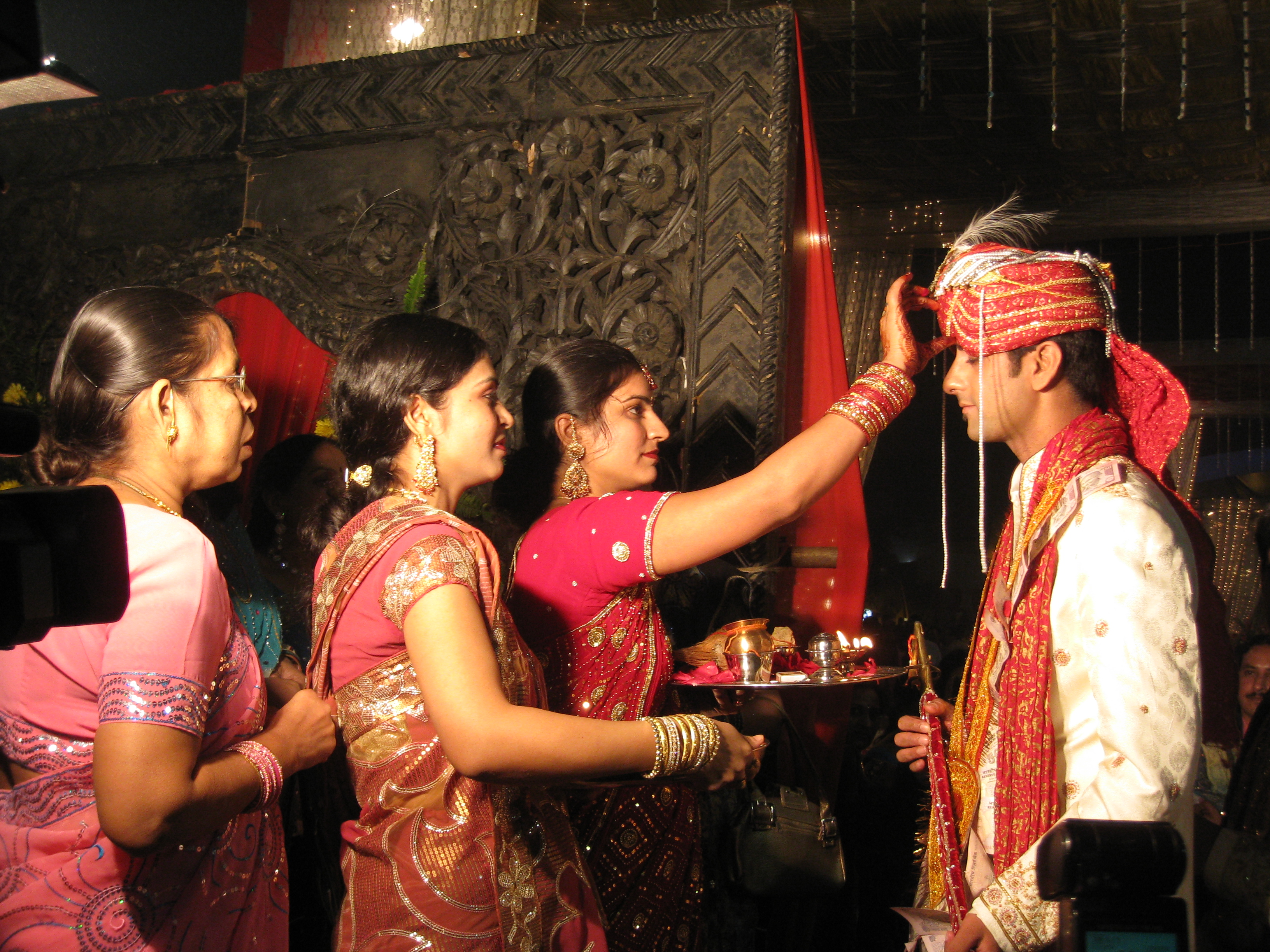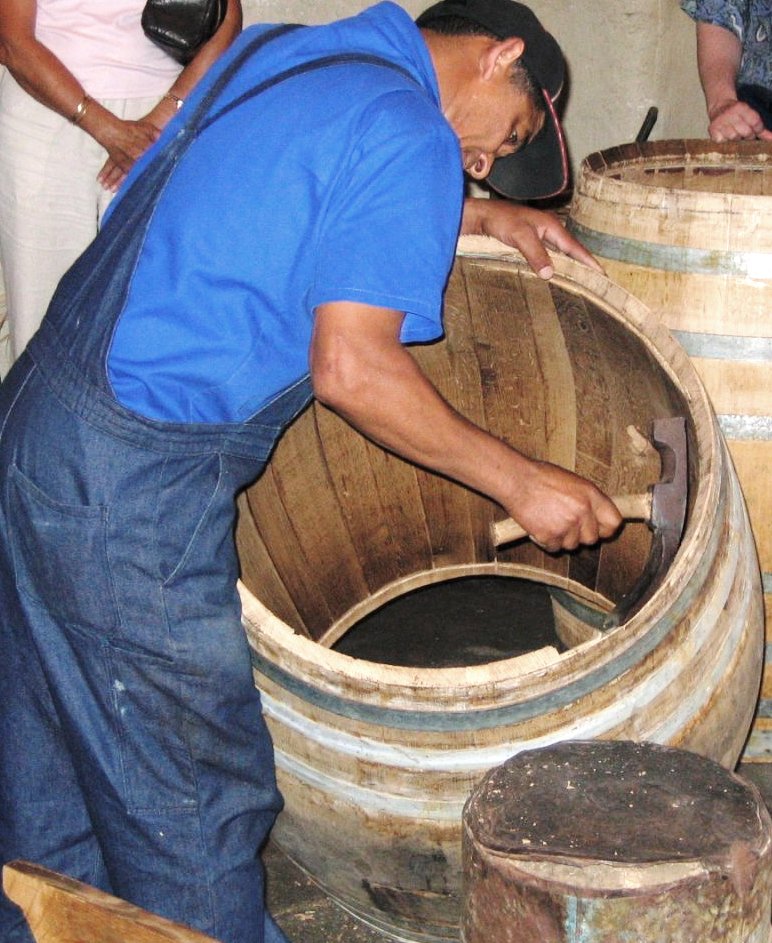|
Sai Suthar
Sai Suthar is a Hindu artisan community from India. The name of the community derives from the main occupation of the community of a tailor -'' sai'' and carpenter - ''suthar''. They are included in other backward class of Gujarat. They are also among one the other backward castes of Maharashtra. They are classified as a sub-caste of Shimpi Shimpi is an umbrella term for the Indian caste traditionally involved in the business of clothing and tailoring. Saint Namdev of the Bhakti movement is revered as the patron of the community. Occupation The traditional occupation of the communi ...s in Maharashtra. References Social groups of Gujarat Social groups of Maharashtra Indian castes Other Backward Classes Hindu communities {{India-culture-stub ... [...More Info...] [...Related Items...] OR: [Wikipedia] [Google] [Baidu] |
Hindu
Hindus (; ; also known as Sanātanīs) are people who religiously adhere to Hinduism, also known by its endonym Sanātana Dharma. Jeffery D. Long (2007), A Vision for Hinduism, IB Tauris, , pp. 35–37 Historically, the term has also been used as a geographical, cultural, and later religious identifier for people living in the Indian subcontinent. It is assumed that the term ''"Hindu"'' traces back to Avestan scripture Vendidad which refers to land of seven rivers as Hapta Hendu which itself is a cognate to Sanskrit term ''Sapta Sindhuḥ''. (The term ''Sapta Sindhuḥ'' is mentioned in Rig Veda and refers to a North western Indian region of seven rivers and to India as a whole.) The Greek cognates of the same terms are "''Indus''" (for the river) and "''India''" (for the land of the river). Likewise the Hebrew cognate ''hōd-dū'' refers to India mentioned in Hebrew BibleEsther 1:1. The term "''Hindu''" also implied a geographic, ethnic or cultural identifier for ... [...More Info...] [...Related Items...] OR: [Wikipedia] [Google] [Baidu] |
India
India, officially the Republic of India, is a country in South Asia. It is the List of countries and dependencies by area, seventh-largest country by area; the List of countries by population (United Nations), most populous country since 2023; and, since its independence in 1947, the world's most populous democracy. Bounded by the Indian Ocean on the south, the Arabian Sea on the southwest, and the Bay of Bengal on the southeast, it shares land borders with Pakistan to the west; China, Nepal, and Bhutan to the north; and Bangladesh and Myanmar to the east. In the Indian Ocean, India is near Sri Lanka and the Maldives; its Andaman and Nicobar Islands share a maritime border with Thailand, Myanmar, and Indonesia. Modern humans arrived on the Indian subcontinent from Africa no later than 55,000 years ago., "Y-Chromosome and Mt-DNA data support the colonization of South Asia by modern humans originating in Africa. ... Coalescence dates for most non-European populations averag ... [...More Info...] [...Related Items...] OR: [Wikipedia] [Google] [Baidu] |
Tailor
A tailor is a person who makes or alters clothing, particularly in men's clothing. The Oxford English Dictionary dates the term to the thirteenth century. History Although clothing construction goes back to prehistory, there is evidence of tailor shops in Ancient Greece and Rome, as well as tailoring tools such as irons and shears. The profession of tailor in Europe became formalized in the High Middle Ages through the establishment of guilds. Tailors' guilds instituted a system of masters, journeymen, and apprentices. Guild members established rules to limit competition and establish quality standards. In 1244, members of the tailor's guild in Bologna established statutes to govern their profession and required anyone working as a tailor to join the guild. In England, the Statute of Artificers, passed in 1563, included the profession of tailor as one of the trades that could be entered only by serving a term of apprenticeship, typically seven years. A typical tailo ... [...More Info...] [...Related Items...] OR: [Wikipedia] [Google] [Baidu] |
Darzi
In the Indian subcontinent the Darzi caste, is found among Hindus and Muslims. They are known as Idrisi in the Muslim community.The people of idrisi originally came as soldiers from the Khorasan, Turkmenistan regions of Central Asia during the Sultanate period. They belonged to different clans or tribes of their respective areas. But later, due to their involvement in different professions, they were socially given professional names and they started being identified by their professions or occupations instead of their origin. The main reason for this is the Indian caste system which is based on professions and occupations, which also affected these Muslims. Apart from Idrisi, these groups are also identified with many other occupational groups who add their occupation to their surnames instead of their origin, which you can see in the Muslims of North India and Gujarat, who are originally from Central Asia but their occupation is their surname. These groups of Muslims invo ... [...More Info...] [...Related Items...] OR: [Wikipedia] [Google] [Baidu] |
Carpenter
Carpentry is a skilled trade and a craft in which the primary work performed is the cutting, shaping and installation of building materials during the construction of buildings, ships, timber bridges, concrete formwork, etc. Carpenters traditionally worked with natural wood and did rougher work such as framing, but today many other materials are also used and sometimes the finer trades of cabinetmaking and furniture building are considered carpentry. In the United States, 98.5% of carpenters are male, and it was the fourth most male-dominated occupation in the country in 1999. In 2006 in the United States, there were about 1.5 million carpentry positions. Carpenters are usually the first tradesmen on a job and the last to leave. Carpenters normally framed post-and-beam buildings until the end of the 19th century; now this old-fashioned carpentry is called timber framing. Carpenters learn this trade by being employed through an apprenticeship training—normally four yea ... [...More Info...] [...Related Items...] OR: [Wikipedia] [Google] [Baidu] |
Suthar
Suthar is a community within the Vishwakarma community found primarily in India and Pakistan. Its traditional occupation is mostly carpentry. Suthar community predominantly found in Gujarat and Rajasthan is a mixture of various castes. Current Demography Each subcaste practices different faiths, yet they share a common heritage and a reverence for deities such as Lord Vishwakarma, Lord Vishnu, and Lord Shiva, with a predominant adherence to Vaishnavism. Common surnames within this community include ''Suthar'', ''Gajjar'', ''Sharma'', ''Acharya'', ''Rathore'', ''Pancholi'', ''Mistri'', ''Jangid'', ''Panchal.'' Caste Reservations Some subcastes of Suthar are classified as OBC in states like Rajasthan, Haryana, Gujarat Gujarat () is a States of India, state along the Western India, western coast of India. Its coastline of about is the longest in the country, most of which lies on the Kathiawar peninsula. Gujarat is the List of states and union territories .... Ref ... [...More Info...] [...Related Items...] OR: [Wikipedia] [Google] [Baidu] |
Gujarat
Gujarat () is a States of India, state along the Western India, western coast of India. Its coastline of about is the longest in the country, most of which lies on the Kathiawar peninsula. Gujarat is the List of states and union territories of India by area, fifth-largest Indian state by area, covering some ; and the List of states and union territories of India by population, ninth-most populous state, with a population of 60.4 million in 2011. It is bordered by Rajasthan to the northeast, Dadra and Nagar Haveli and Daman and Diu to the south, Maharashtra to the southeast, Madhya Pradesh to the east, and the Arabian Sea and the Pakistani province of Sindh to the west. Gujarat's capital city is Gandhinagar, while its largest city is Ahmedabad. The Gujarati people, Gujaratis are indigenous to the state and their language, Gujarati language, Gujarati, is the state's official language. The state List of Indus Valley civilisation sites#List of Indus Valley sites discovered, ... [...More Info...] [...Related Items...] OR: [Wikipedia] [Google] [Baidu] |
Maharashtra
Maharashtra () is a state in the western peninsular region of India occupying a substantial portion of the Deccan Plateau. It is bordered by the Arabian Sea to the west, the Indian states of Karnataka and Goa to the south, Telangana to the southeast and Chhattisgarh to the east, Gujarat and Madhya Pradesh to the north, and the Indian union territory of Dadra and Nagar Haveli and Daman and Diu to the northwest. Maharashtra is the second-most populous state in India, the third most populous country subdivision in South Asia and the fourth-most populous in the world. The state is divided into 6 divisions and 36 districts. Mumbai is the capital of Maharashtra due to its historical significance as a major trading port and its status as India's financial hub, housing key institutions and a diverse economy. Additionally, Mumbai's well-developed infrastructure and cultural diversity make it a suitable administrative center for the state, and the most populous urban are ... [...More Info...] [...Related Items...] OR: [Wikipedia] [Google] [Baidu] |
Shimpi
Shimpi is an umbrella term for the Indian caste traditionally involved in the business of clothing and tailoring. Saint Namdev of the Bhakti movement is revered as the patron of the community. Occupation The traditional occupation of the community is tailoring or cloth printing. They are referred to as "''Shimpi''" in Marathi or "''Chimpi''" in Hindi. Government classification The Shimpi are included in the central list of Other Backward Classes (OBC) by the government of Maharashtra. Varna Shimpis are classified as being of Kshatriya varna in the Hindu caste system. Notables *Namdev - revered 14th-century saint of the Bhakti movement and Varkari sect * Chandrakant Mandare - Marathi actor *Shashikala - Indian actress * Wamanrao Mahadik - First Shiv Sena Shiv Sena (1966–2022) (; ; SS) was a right-wing Marathi regionalist Hindutva-based political party in India founded in 1966 by Bal Thackeray, who was later succeeded by Uddhav Thackeray. The party is split into ... [...More Info...] [...Related Items...] OR: [Wikipedia] [Google] [Baidu] |
Social Groups Of Gujarat
Social organisms, including human(s), live collectively in interacting populations. This interaction is considered social whether they are aware of it or not, and whether the exchange is voluntary or not. Etymology The word "social" derives from the Latin word ''socii'' ("allies"). It is particularly derived from the Italian ''Socii'' states, historical allies of the Roman Republic (although they rebelled against Rome in the Social War of 91–87 BC). Social theorists In the view of Karl Marx,Morrison, Ken. ''Marx, Durkheim, Weber. Formations of modern social thought'' human beings are intrinsically, necessarily and by definition social beings who, beyond being "gregarious creatures", cannot survive and meet their needs other than through social co-operation and association. Their social characteristics are therefore to a large extent an objectively given fact, stamped on them from birth and affirmed by socialization processes; and, according to Marx, in producing and reproduci ... [...More Info...] [...Related Items...] OR: [Wikipedia] [Google] [Baidu] |



